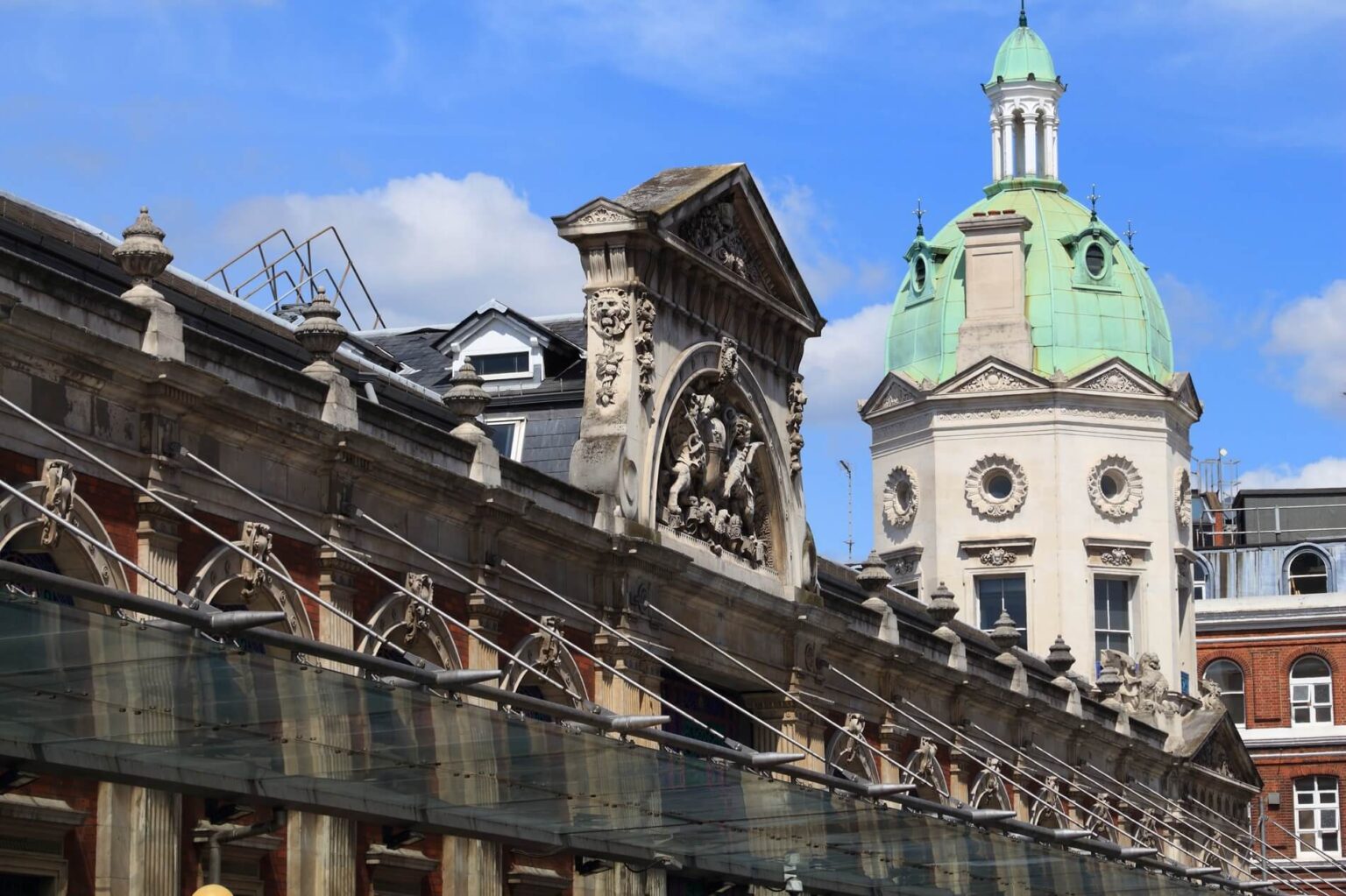London’s longest-running meat market is set to close permanently after 2028.
Smithfield Market, located near St Paul’s Cathedral, has been trading for over 800 years. However, the City of London Corporation announced on Tuesday that the council voted to cease operations. Billingsgate Fish Market will also meet the same fate.
Both markets were set to relocate to a £1 billion development in Dagenham. However, the significant rise in construction costs and wider inflation has forced a reconsideration of those plans.
Now, with Smithfield and Billingsgate set to close for this, could this be the final nail in the coffin for the UK’s already struggling markets?
What is Smithfield Market?
Smithfield Market is the UK’s largest wholesale meat market. Historically, Smithfield was a site for livestock trading as early as the 10th century, later evolving into a wholesale market in the 1860s to meet London’s growing demand for meat, poultry and other related products.
Smithfield has played a central role in London’s food supply chain for centuries, providing produce to restaurant businesses, shops and households across the city. Aside from food trading, Smithfield was often used for public executions between the 14th and 17th centuries and was also where the annual Bartholomew fair was held each summer.
On the other hand, Billingsgate Market is the UK’s largest wholesale fish market, located near the River Thames. Similar to Smithfield, Billingsgate was officially established in the 19th century and has evolved from a small fish market to a major hub for fish and seafood trading – serving as the primary supplier for London’s restaurants, fishmongers and other retail businesses.
Why are Smithfield and Billingsgate closing?
Smithfield and Billingsgate’s closure primarily comes down to its original relocation plans falling through. London City Corporation said it was “actively supporting traders to identify suitable new sites” and that operations in both markets could continue operations until at least 2028.
“The decision reflects a careful balance between respecting the history of Smithfield and Billingsgate Markets and managing resources for this project responsibly,” London City Corporation said. “Project costs have risen due to a number of external factors, including inflation and the increasing cost of construction which have made the move unaffordable.”
Smithfield’s site is reportedly going to be converted into a “new and cultural commercial hub”, including the London Museum, while Billingsgate is set to be used for new housing developments.
However, Smithfield and Billingsgate’s loyal customers have expressed their disappointment and frustration with this decision.
“Why do buildings like provincial garages get saved by the British planning system while historic sites of actual communal and aesthetic value like Londo’s Smithfield Market continue to get shafted?” a user on X (formerly Twitter) wrote.
“Guarantee whatever follows will be full of the same generic chains every other new redevelopment has,” another user wrote on Reddit.
Are other UK markets under threat?
While the demise of Smithfield and Billingsgate will be a significant loss for many, traditional markets in the UK have been struggling for some time now.
In September 2024, the popular Church Street Market in Manchester City announced its closure after 50 years of trading. Around the same time, Nottingham City Council confirmed its plans to close its indoor Victoria Centre market due to a lack of occupation and rising costs of operations.
But while others are still standing, the once-bustling atmosphere of eager shoppers and busy market stalls has weathered away into near-empty spaces and abandoned stands.
This has been the case for the Bulwell Market in Nottingham. Kevin Fitzpatrick, who runs the market, cited the cost of living crisis, the impact of the COVID-19 pandemic and how markets are represented in the media as the key factors contributing to its decline.
“All these years ago a tenner would have been a day’s wages, but £100 now won’t cover wages,” he said. “Over the years, on TV and the media, they put us down and used to say all we sold were counterfeit goods. There used to be a few decent days here before Covid, but there is no future for markets now.”
According to research by The National Association of British Markets (NABMA), market stall occupancy has declined to an average of 72%, down from 77% in 2018. It also reported that few markets regularly monitor footfall, so it’s difficult to properly measure their performance.
Meanwhile, other market owners have said that they’ve not received sufficient support from their local governments, such as an opinion article by The Yorkshire Post, which said the value of outdoor markets isn’t recognised by the “majority of elected officials”. Levenshulme Market in Manchester also faced issues with its own local authority, having closed in 2023 due to a series of challenges imposed by Manchester City Council, including the council wanting to take a 20% cut from its annual profits. While directors aimed to reopen in 2024, Levenshulme Market has remained closed since, and there’s no sign of it coming back any time soon.
The closure of the Smithfield and Billingsgate Markets marks the end of an era for London. As these iconic markets near their end, it raises concerns about the loss of local culture, community connections and historic charms that markets have offered for centuries.
Interested in setting up your own market stall? Check our guide below:




